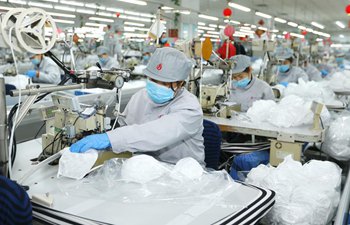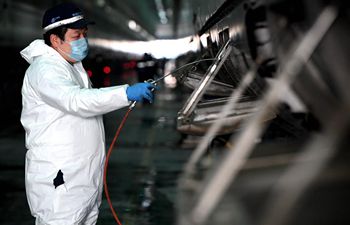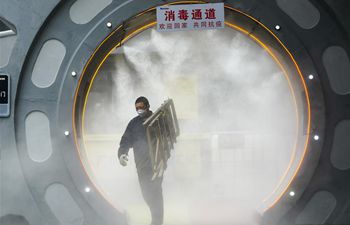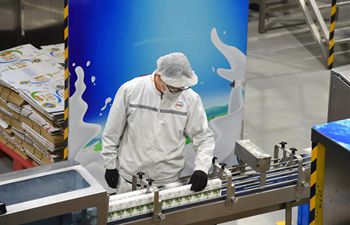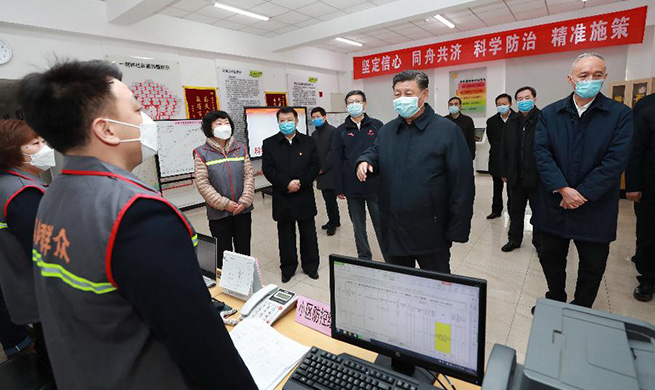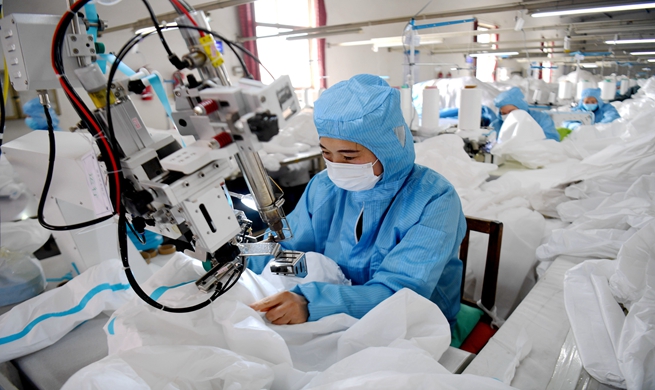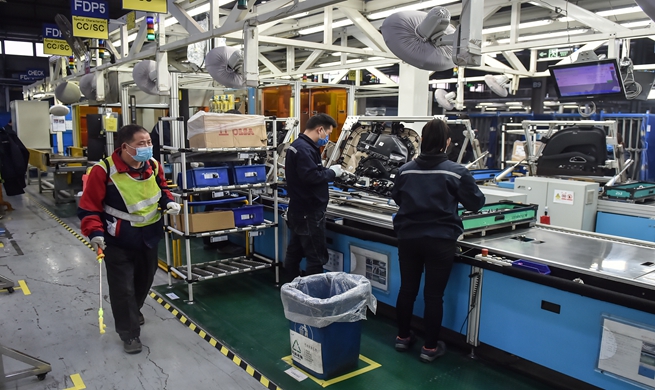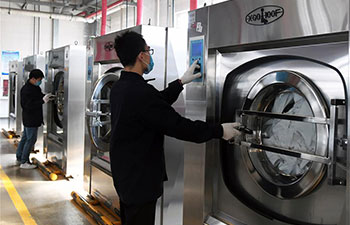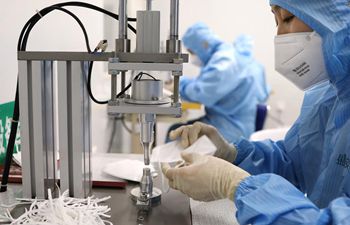SYDNEY, Feb. 12 (Xinhua) -- Scientists at an Australian university have made a major breakthrough in quantum computing, creating artificial atoms that allow for more stable "qubits", the building blocks for the future's supercomputers.
With the new research published in the Nature Communications journal on Wednesday, University of New South Wales (UNSW) School of Electrical Engineering Professor Andrew Dzurak and his team, explained the radical concept was first theorized around 90 years ago.
"The idea of creating artificial atoms using electrons is not new, in fact it was first proposed theoretically in the 1930s and then experimentally demonstrated in the 1990s -- although not in silicon," he said.
"We first made a rudimentary version of it in silicon back in 2013, but what really excites us about our latest research is that artificial atoms with a higher number of electrons turn out to be much more robust qubits than previously thought possible, meaning they can be reliably used for calculations in quantum computers."
"This is significant because qubits based on just one electron can be very unreliable."
While classical computers use bits to process information in the form of either 1 or 0, qubits in a quantum computer have the potential to store 1 and 0 simultaneously.
This is made possible by the rotation of electrons.
"Spin is a quantum mechanical property. An electron acts like a tiny magnet and depending on which way it spins its north pole can either point up or down, corresponding to a 1 or a 0," Dzurak said.
"When the electrons in either a real atom or our artificial atoms form a complete shell, they align their poles in opposite directions so that the total spin of the system is zero, making them useless as a qubit. But when we add one more electron to start a new shell, this extra electron has a spin that we can now use as a qubit again."
"Our new work shows that we can control the spin of electrons in the outer shells of these artificial atoms to give us reliable and stable qubits."
To test the stability of electrons in artificial atoms, the team applied electric voltage to a silicon chip via a metal surface "gate" electrode in order to attract spare electrons from the silicon to form a "quantum dot."
"As we slowly increased the voltage, we would draw in new electrons, one after another, to form an artificial atom in our quantum dot," Dr Andre Saraiva who led the theoretical analysis of the results said.
"In a real atom, you have a positive charge in the middle, being the nucleus, and then the negatively charged electrons are held around it in three dimensional orbits."
"In our case, rather than the positive nucleus, the positive charge comes from the gate electrode which is separated from the silicon by an insulating barrier of silicon oxide, and then the electrons are suspended underneath it, each orbiting around the center of the quantum dot. But rather than forming a sphere, they are arranged flat, in a disc."
With the transformative technology of quantum computing set to fundamentally change the way most aspects of human life are conducted, Dzurak said the possibilities are endless.
"We can significantly reduce the development time of quantum computers with the millions of qubits that will be needed to solve problems of global significance, such as the design of new medicines, or new chemical catalysts to reduce energy consumption," he said.
